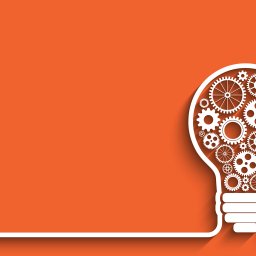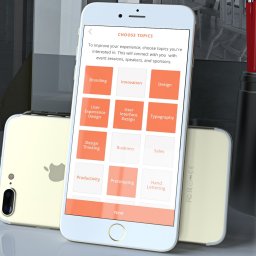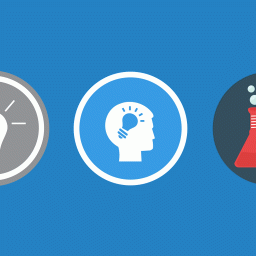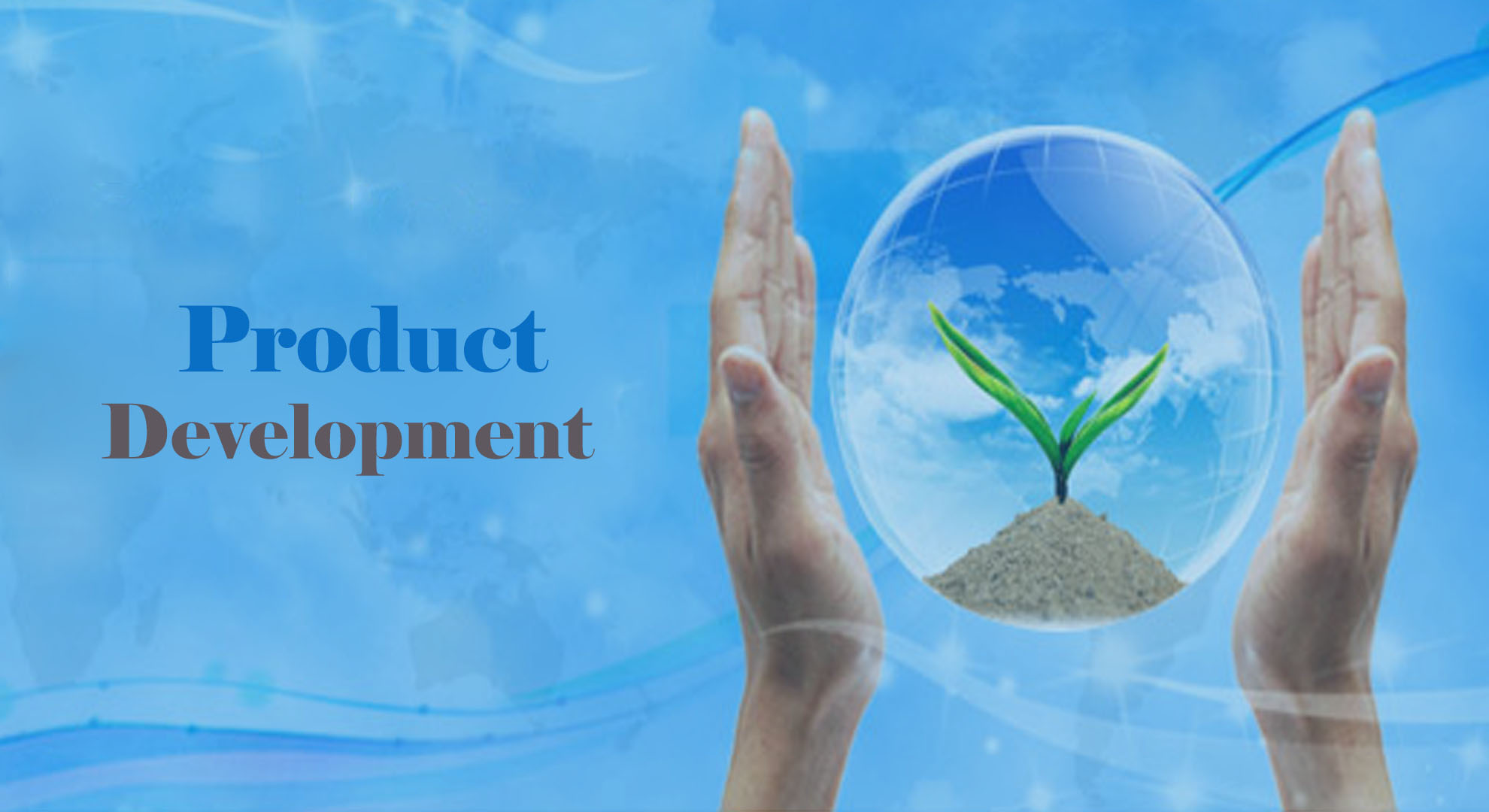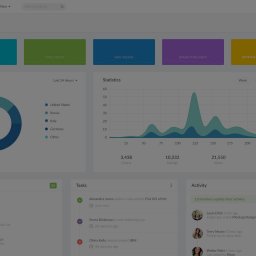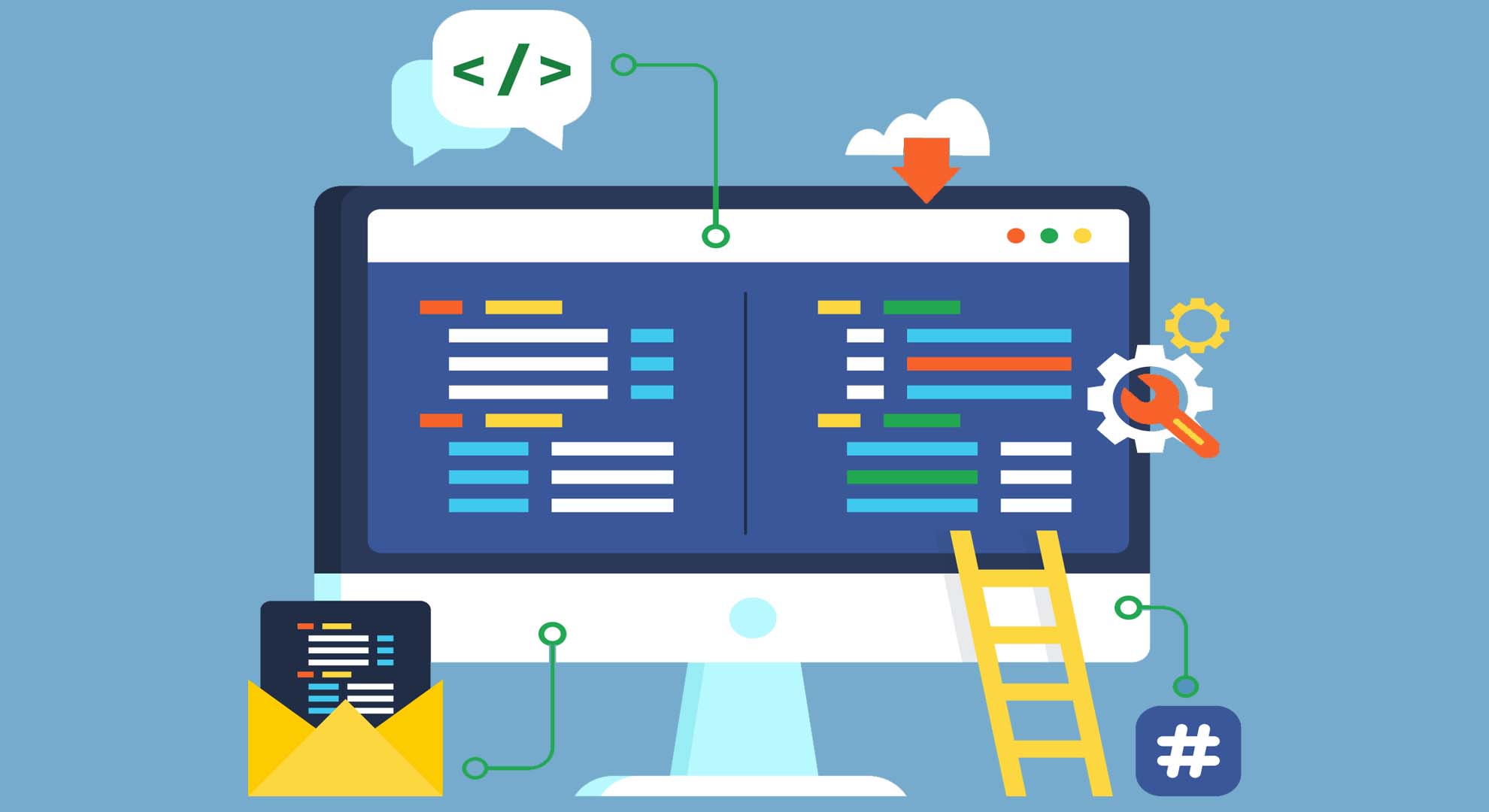Just as you need to update your wardrobe almost every year, your customers expect some innovation in your product line. As if a business can’t be developed in a day or so, same goes with the new product development. It goes through a number of phases from brainstorming to development and testing to the launching of the product.
A number of companies believe that all products have a limited lifecycle; therefore, they need to develop a new product in order to keep the business running. However, they fail to identify the needs of the customers and address the pain points to fulfill their needs.
New Product Development goes through a number of stages like:
- Concept
- Ideation
- Design
- Test
- Release
The steps listed above are not linear, but cyclical as the ideation, design and test phases are recurring. However, the ultimate goal of product development remains the same. Yet a lot of effort is required to drive innovation, enhance the functionality of current ones and unbiased evaluation.
Without any doubt, developing profitable products is the ultimate goal. Moreover, higher customer satisfaction implying to loyalty and reason to pay over time will be the road to success.
If you are thinking of developing a new product in 2017 to give a boost to your company as well as satisfy customers, you need to address few aspects that would contribute to the success of your new product development.
Now let me take you through various aspects of new product development contributing to the success of any product in 2017.
1. Identifying Your Customers Pain Points
Unless you have not pinpointed the pain points of your customers, the idea of new product development will fail drastically. No customer loyalty means no revenue, which ultimately leads to the dissolving of the company.
Companies operating without any clear goals, failing to understand what they are willing to pay and failing to prioritize the needs is the major contributor in the shutdown of the company.
Even if the company has launched the product and decided to start from scratch will not be economical. This can create substantial delays in the progress of the product and exhaust morale and potential market share by the useless rollout.
Solution
Throughout the development process, make sure to test and experiment with the product from ideation to production. Many companies first design a product and find solutions to sell it. The ultimate success or failure of a product is circling around customers.
What they are willing to pay and how it can fulfill the requirements. Research, experimentation, and testing should be followed throughout the development process, rather than waiting for the product to be launched completely.
2. Effective Product Management
Failing to well organize and well define product management processes is the major cause of the inability to launch excellent product ideas on the market. Without a product owner, no results can be derived from initial brainstorming.
Even if the product owner is available, the majority of actions will not take place unless the processes are well defined to get ahead of the idea stage. The product owner should not only be proficient about technicalities but also adhere to initial objectives such as customer satisfaction, profitability and time to launch the product.
Solution
Product management is the key to success when launching a new product. Make sure, you and your team are on the same track and the goals are well defined. You have to draft a plan, define actionable goals, and decide on minimum profit margin you are willing to accept for a new product.
Define the marketing plans, sales plan, launch strategy and call to action in order to accomplish positive customer response.
3. Product Architecture
A wide range of software products and software development companies have gone through many glitches when it comes to handling the product’s competitive strategy and cost requirements, from the initial phase of idea generation to design and implementation.
Quite often observed that a few selling points are buried under detailed design specifications and functional requirements, addressing the projected competitive strengths will never be reached.
Similarly, it goes for the critical requirements for time usage and operational costs, once the solution is operational. Even though, if you try to reach a certain level of competitiveness in the customer’s eye, you may not be able to generate revenue.
Solution
Tuning a product architecture after the product has been built and launched is quite challenging just like building a new house. Make sure to identify whether you need to start from the already developed product or initiating from the very beginning. The process is not impossible if you are starting from the beginning, but will be time-consuming and extremely costly.
4. Separating Outcomes from the Product
Companies trying to focus entirely on the product without considering the sales process would likely lose valuable knowledge. The new product development process concentrates on the product itself, but it can destructively impact the launching of the product, as most of the important components were ignored.
Components such as product ideation, message testing, post-launch surveys, product validation, and market assessments play a major role in marketing and sales of the product, which cannot be ignored by focusing on product’s merits alone. The success of a product is widely dependent on these factors.
Solution
Every business is comprised of a unique set of values, tolerance of risk and competitive edge. Make sure, to define the main goals for new products that synchronize with your mission and vision. Take minimum budget, return on investment and other components of success into consideration, before you hastily invest in resources and time in developing them.
The importance of conducting research before the New Product Development process cannot be ignored. Companies often consider new product development as a uniform process, in fact, it can be divided into two stages:
– Truth-seeking early stage (It is focused on appraising new products, prospects and removing bad bets)
– Success-Seeking Late Stage (Focused on increasing the value of products that have been chosen for development after screening.)
Make sure that all your assumptions and guesses must be tried and tested before pacing forward. In simple words, the value lies in the unbiased external validations of success and research-based definitions of success.
Conclusion
The success of new product development depends on how effectively you plan. What matters the most is how well you have researched and brainstormed the ideas.
Moreover, the coordination among teams and vigilance throughout the development phase will also play a key role in success. It will not only address the systematic approach to the new product process but also unifies the team efforts throughout the process.

